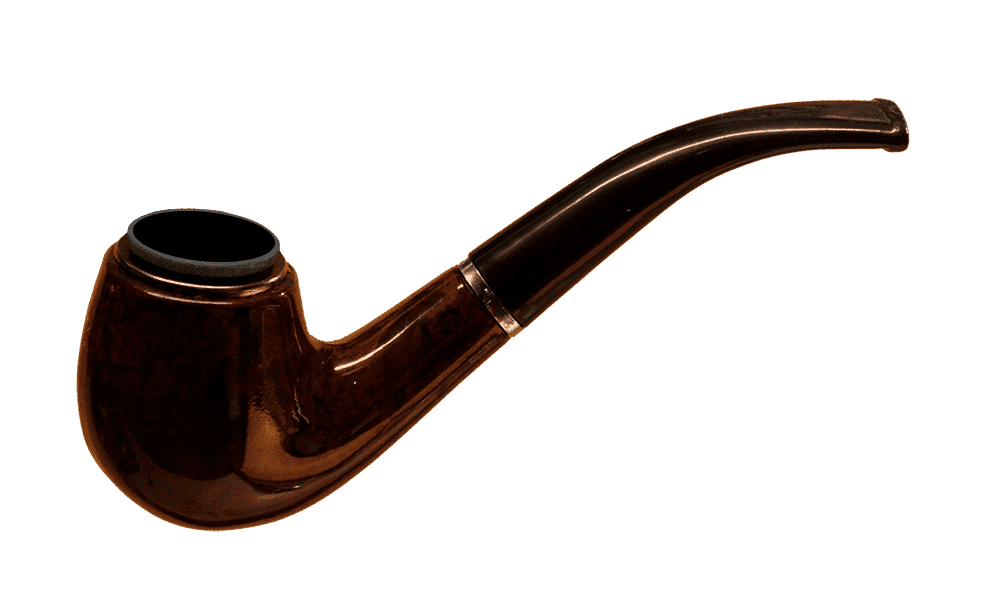CULTURAL SIGNIFICANCE OF SMOKING PIPES IN PAKISTAN
Smoking Pipes have long occupied an important position in the world’s diverse cultures and Pakistan is no exception. A country with a rich past and deep-rooted traditions, Pakistan’s culture is vibrant, where Smoking pipes markets to calm tea houses, one can see people enjoying their pipe in a clear reflection of Pakistan’s cultural background.
A Brief History of Smoking Pipes in Pakistan
The use of smoking pipes has persisted for ages with every region having its own distinct manner and style of doing it. Historically speaking, these items were made out of locally available materials like clay and woods or even bamboo. The indigenous nature of the materials used speaks volumes about the exceptional skills possessed by local craftsmen as well as the peculiar flavor they contributed to smoking.
In rural areas, smoking pipes have been—and still are—part and parcel of social gatherings and ceremonies. They denote hospitality and companionship; hence hosts normally offer guests a smoke as a way to demonstrate warmth and respect towards them. In urban settings on the other hand, smoking pipes have become more like leisure activities for those who seek moments of relaxation amidst their hectic contemporary lifestyles.
Traditional Pipes and Their Significance
Pakistan is famous for its different types of traditional tobacco-smoking devices which each has specific characteristics relating to their cultural importance:
Kalian (Hookah): This design model features a water chamber along with hosepipe lines connected to it, while others may possess additional bowls for charcoal utilization. It is usually artistically patterned using certain symbols that make it important during get-togethers or festive seasons.
Chilam: The Chilam is typically made from clay and primarily smoked by people living in rural areas across Pakistan. It is simple yet durable device which provides plain taste experience highlighting the natural flavors of the tobacco or herbs used.
Huqqa: This is a smaller version of the hookah with easy portability. It is popular among lovers of its small size and traditional workmanship.
The Ritual and Social Aspect
Smoking pipes in Pakistan are not just about smoking tobacco or herbs; it encompasses various cultural values that are taught over time. For example, smoking sessions usually start by preparing the pipe where attention is given to packing the bowl as well as lighting it up. In most cases, this custom is performed by friends or even family members who bond and have long talk across ages.
Contemporary Perspectives and Trends
Nonetheless, notwithstanding some traditional smoking practices Pakistan has embraced modern innovations in pipe design and technology. Contemporary smokers may decide to go for pipes made from modern materials such as stainless steel or glass which is a blend between customs and innovation. Moreover, there has been an increase in preference for flavored tobacco and herbal mixes targeting different fashions.
Health and Cultural Considerations
In recent years, understanding the health hazards linked to smoking led to discussions on responsible use while promoting moderation in cultural preservation for smokers.
The art of smoking pipes in Pakistan is an evidence of the richness and heritage of the country’s culture. It goes beyond mere pleasure to play a significant role as far as social interaction is concerned, artistic expression, and historical continuity. Whether enjoyed in bustling urban cafes or tranquil village settings, the ritual of smoking pipes remains a cherished practice that connects individuals to their cultural roots.
Whether one is just starting out or an aficionado, examining the various aspects of Smoking Pipes customs in Pakistan can yield a fascinating insight into its rich tapestry of traditions and rituals. The art of smoking pipes in Pakistan embraces both its historical background and contemporary developments; thus captivating and inspiring it has therefore continued to persist on the country’s cultural platform for long.






